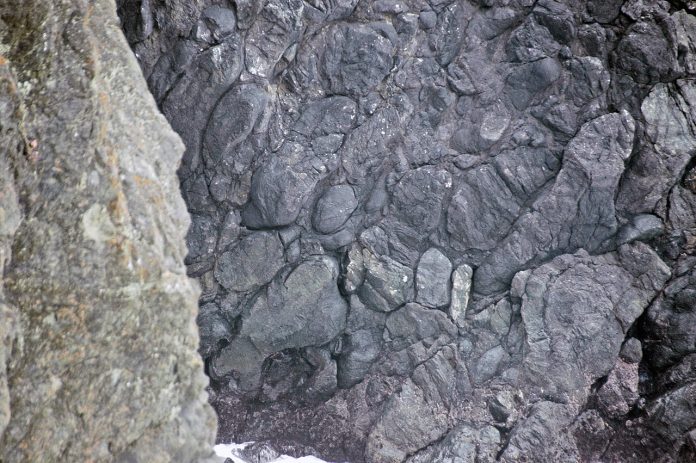
By Jim Brace-Thompson
In the movie “Waterworld,” actor Kevin Costner inhabits a post-apocalyptic Earth awash with water some 500 years from now. The premise is that polar ice caps have melted completely, thus leaving no dry land to set foot on save for the top of Mount Everest, where an isolated refuge of plants and animals remain.
The opening clip from “Waterworld” speaks to this….
https://youtu.be/Kd7rScF8tIs
As it turns out, the future envisioned in this fantasy world may have been reality in the far distant past. In a recent paper in the journal AGU Advances, researchers note that it has always been assumed the water covering our planet’s surface has remained more-or-less constant. But this new study says that three to four billion years ago, Earth may well have had twice as much water on its surface as we see today. In fact, there was so much water that the Mount Everest refuge envisioned in “Waterworld” would have been totally submerged. According to this new theory, Earth was “a planet drowned in water that was rejected by the mantle.”
Today, we not only have the water that fills the oceans on the surface of Earth, we have a whole lot of water stored in our planet’s mantle in such minerals as wadsleyite and ringwoodite, which are high-pressure varieties of the common mineral olivine. In fact, today, these mantle minerals store as much as “an ocean’s worth of water.” But in the far distant past, our Earth’s interior was likely too hot to allow for the formation of such minerals, with the result being much, much more water covering our planet’s surface. As plate tectonics kicked in, and as the planet cooled, a bunch of this water could have been sucked into the mantle to be stored within the crystal structures of wadsleyite and ringwoodite.
This new study augments and supports other studies in recent years suggesting a “Waterworld Earth.” For instance, one study shows three-billion-year-old pillow basalts in Australia and Greenland. Such basalts are the result of magma oozing and cooling underwater. It appears that, if true, we might apply the title from another fantasy movie, namely “Back to the Future,” when it comes to the waxing and waning of water on the surface of Earth.
Author: Jim Brace-Thompson
 Jim began and oversees the AFMS Badge Program for kids, has been inducted into the National Rockhound & Lapidary Hall of Fame within their Education Category, and is the president-elect for the American Federation of Mineralogical Societies.
Jim began and oversees the AFMS Badge Program for kids, has been inducted into the National Rockhound & Lapidary Hall of Fame within their Education Category, and is the president-elect for the American Federation of Mineralogical Societies.
Contact him at jbraceth@roadrunner.com.
If you enjoyed what you’ve read here we invite you to consider signing up for the FREE Rock & Gem weekly newsletter. Learn more>>>
In addition, we invite you to consider subscribing to Rock & Gem magazine. The cost for a one-year U.S. subscription (12 issues) is $29.95. Learn more >>>














